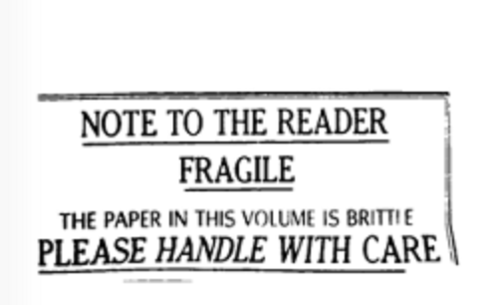A few thoughts on this public reprimand of a lawyer by a federal court for distributing a communication containing otherwise-private positive comments about the lawyer from a federal judge. This will not be one of those “WHAT was the lawyer THINKING?!?” attorney discipline posts. I want to stay away from that kind of commentary as much as I can, as I think it’s cruel, unhelpful, and not edifying.
My takeaways from, and questions about, this opinion:
Choice of law. Note the findings that the court has to make about what ethical standards apply. The court does not take it as a given that any particular state ethics rule governs the conduct of lawyers who appear before it, nor that the ABA Model Rules govern (which makes sense, as the Model Rules do not otherwise have the force of law). It does adopt the standards of conduct set forth in the Model Rules (here, Rule 8.4(e) in particular), but it does not assume that outcome and instead affirmatively decides to arrive at it. The practice tip here would be for a lawyer appearing in federal court – perhaps particularly a court in which one does not regularly appear – review not just the court’s own rules, but also the Model Rules, which can differ in some ways from state and federal rules of professional conduct.
A Question on Rule 8.4(e). Rule 7.3 exempts communications that would otherwise be improper solicitation if they are directed to lawyers. Should Rule 8.4(e) do the same with statements like those at issue here? The court mentions that the lawyer’s circulation of the judge’s comments were mostly, but not entirely, directed to lawyers. Some of the recipients stood in a client or potential-client relationship to the lawyer; some, in responding, spoke of the potential for getting the lawyer involved in their appellate work. Is it likely that such lawyers – themselves helming the kind of complex litigation the lawyer himself handles, and making high-level decisions in search of top-drawer talent to handle it – would be misled, as a less sophisticated legal consumer might? The court does not focus on the potential of the communication to mislead in that way, and it need not under Rule 8.4(e). The thrust of that Rule is to prevent lawyers from implying that they have a special kind of influence with any official, including a judge. But should communications to other lawyers about relationships with courts be held to a different standard? Should lawyers be regarded as having a particular ability to disregard the prohibited implications of this kind of communication, and to see it instead as a more benign reflection on the lawyer’s prowess and stature?
Confidentiality or Not. The court says that in reprimanding the lawyer, it considered a second matter involving the same lawyer and the same judge. The court determined not to sanction the lawyer on the basis of that matter, but instead to refer it to the State Bar of California for its investigation. The court took pains to mention that it wasn’t disclosing all of the evidence it had about the situation, because State Bar investigations are confidential. Yet the court was disclosing its referral of the matter to the State Bar in its published opinion.
The court unquestionably had the power to make that referral, and it clearly handled the matter as delicately as it believed the situation allowed. This is not a criticism of how the court did so. In my work as a disciplinary prosecutor, I saw many courts refer matters to our agency – sometimes on the record, sometimes not, but always soberly and somberly, and never with an intent to make a situation worse than it already was.
I point out this aspect of the situation only to emphasize to lawyers that their ethical choices – even or especially in gray-area cases – can unspool in unpredictable ways. Even the safeguard of confidentiality that is built in to most (if not all) disciplinary investigations can be unintentionally undone; a lawyer can find herself dealing with accusations of wrongful conduct in a much more public way than anticipated, all due to chance. The “handle with care” maxim in the introductory image for this post – taken as all have been thus far for this blog from the great Public Domain Thing – very much applies.

